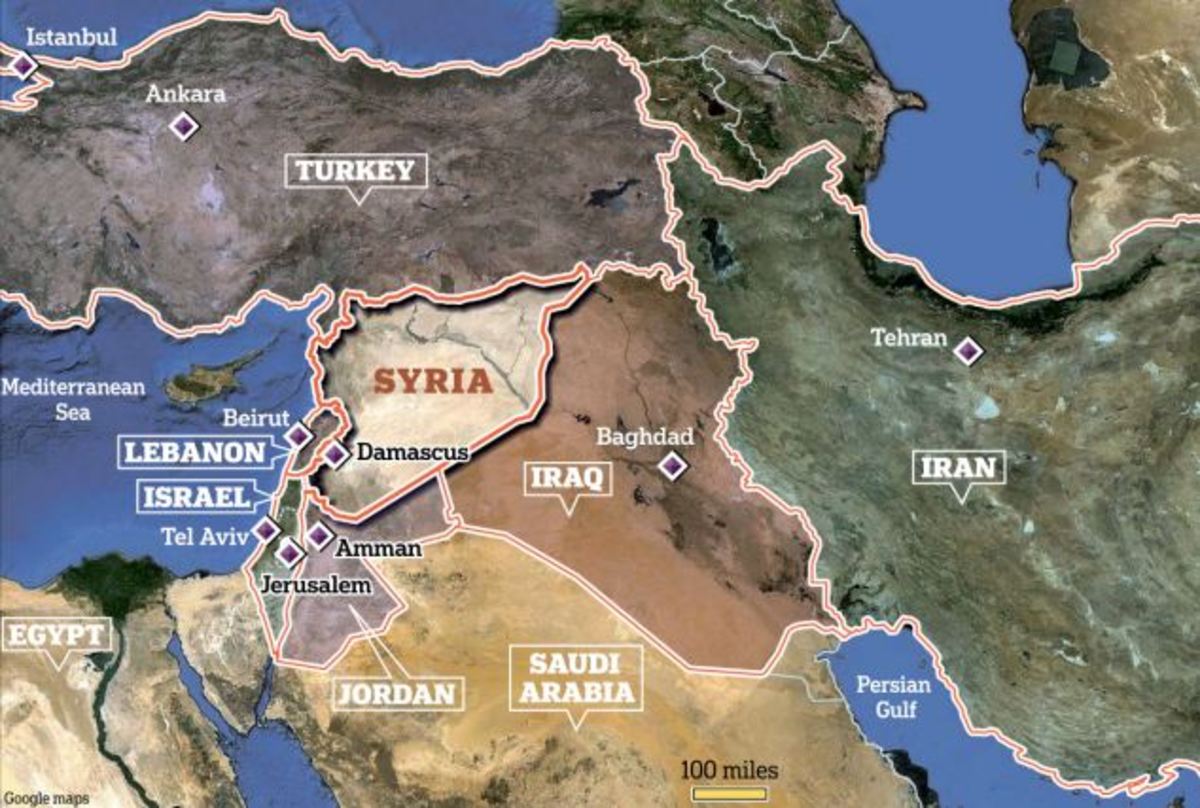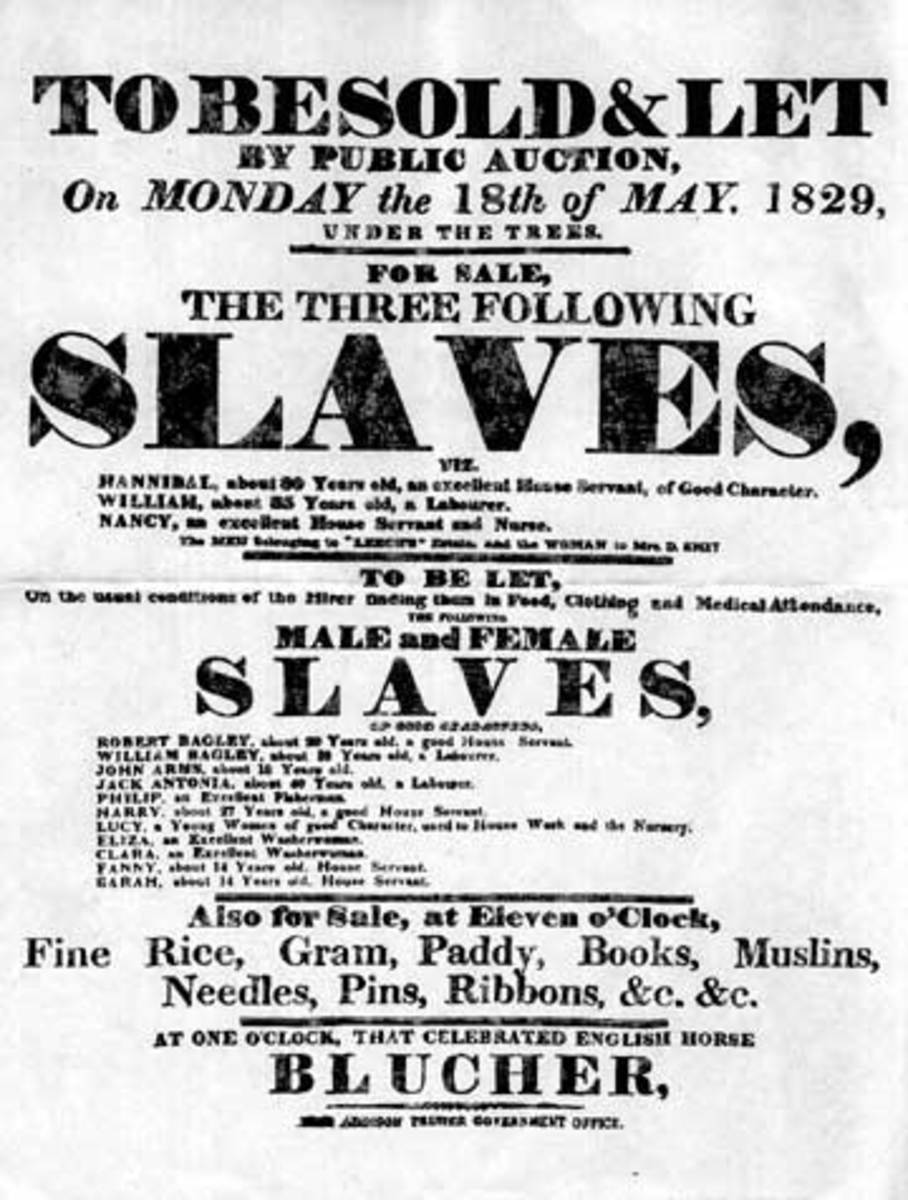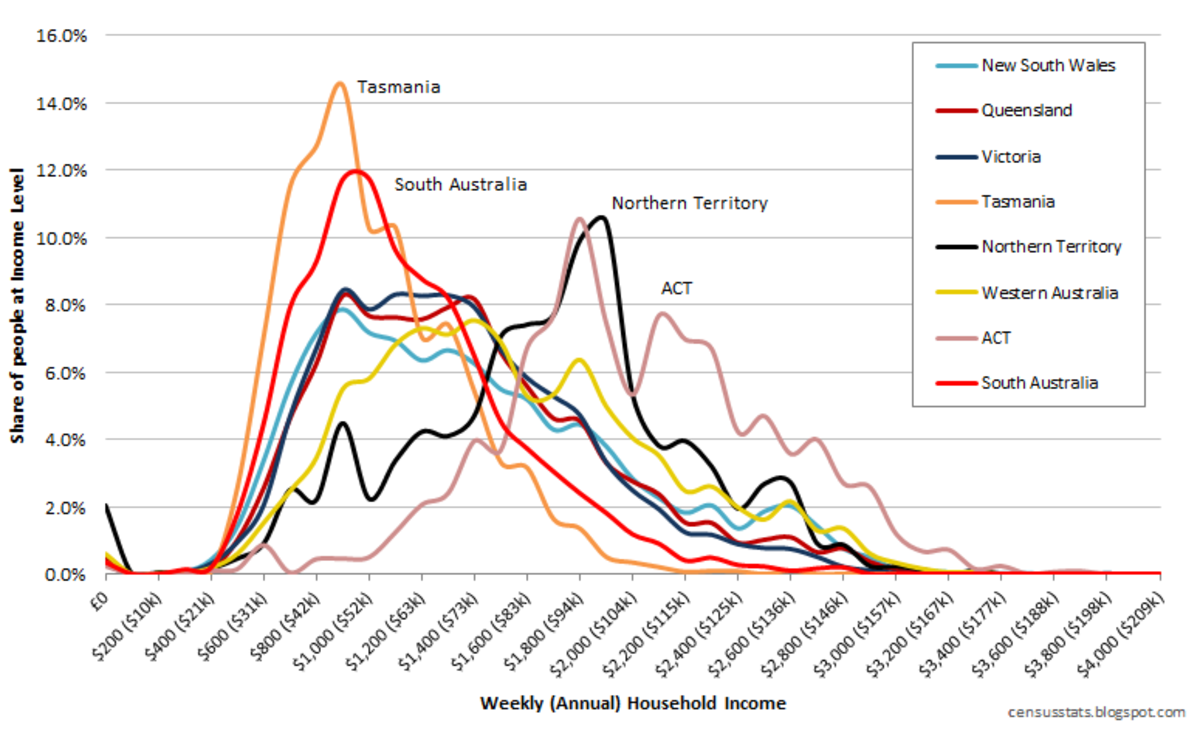Can Democracy and Extreme Inequality Coexist?

The Likely Result of Protests in the Arab World
Throughout the history of civilization, political dictatorship and extreme economic inequality has been the norm. The two go hand-in-hand. Until the advent of modern machinery and industrialization, the only way for a small minority to achieve fantastic wealth was to exploit the majority as laborers. To maintain this system in which a small minority held most of the wealth by enjoying the fruits of the labor of others, the majority had to be controlled by brute force. If some form of democratic reform were implemented, then the poor majority would vote for leaders that implemented economic policies more beneficial to the masses. If protest was tolerated, then the system could come crashing down under the weight of these masses.
The current upheaval in the Middle East and North Africa has been caused by more than a desire for democracy. The unrest is also the result of high unemployment, widespread poverty, and extreme economic inequality. People are tired of systems in which a tiny class of elites runs the state as if it is their private source of cash. In the face of these protests, I suspect that the people in power will by and large follow a two-part strategy. First, they will try to give in to protestors just enough to appease them and maintain order. Then, at the same time that they are apparently making some reforms, they will crack down on the biggest troublemakers just enough to maintain the fear that has traditionally been the basis of their control. In this delicate balancing act, some countries will lean more toward force and others toward appeasement. And while I doubt that most will lean too far toward the Gadaffi strategy, I also suspect that steps toward real democracy will be limited. The powers that be have too much of a stake in the system as it currently stands.
The Connections Between Slavery, Democracy, and Economic Development in United States History
More than three hundred years ago, the elites of the southern English colonies in North America – an area that would later become a significant part of the United States – were in a situation somewhat similar to modern North African and Middle Eastern dictators. Jamestown, the colony that would eventually evolve into Virginia, was a complete disaster in its early years. Eventually, however, they found a crop that would make the place profitable: tobacco. The only problem was that a large labor force was needed to plant, tend, and harvest the crop. To fill this need, a simple strategy was developed. Since England was filled with desperately poor people, it would not be too difficult to find individuals desperate enough to try their luck in America. To get free passage to the colonies, a person simply had to agree to work for a given period of time - about seven years or so on average – and then they would be free to start a new life in America. For the first few decades of English colonial history, these indentured servants would be the primary labor force in the south.
Because conditions were still awful in the early years of Virginia and later Maryland, a large percentage of indentured servants did not live out the years of their contracts. For the owners of large plantations, however, this was fine. There were still plenty of people back in England who could be cheaply induced to try their luck in America. Also, with a limited number of people surviving to go free, the economy was able to absorb these survivors, so there was enough to go around to keep these people appeased. Eventually, however, a “problem” arose. Over time, an increasing percentage of indentured servants managed to live out there servitude and go free. Once freed, they now needed jobs or land in order to start their new lives. But with much of the land owned by a relatively small class of plantation owners who utilized indentured servants, it became increasingly difficult to find enough jobs and land to go around. So the options were pretty clear. The political and economic elites could implement a land reform program extensive enough to appease the masses. They could also improve the pay and work conditions for agricultural laborers so that people would more willingly take and keep these jobs. The problem, of course, with both of these options was that they would cut into the potential wealth of the elites. So if the powers that be wanted to maintain their extensive wealth, they could turn to a crackdown approach, turning poor European laborers into something closer to slaves. Enslaving Englishmen accustomed by the 17th century to at least some basic rights, however, might not go over very well.
Fortunately for them, The Carolinas, along with the colonial model established in Latin America, provided another alternative. The African slave trade was in full swing by the late 17th century, with Britain taking increasing control over this lucrative business. The southern part of the Carolinas, with its profitable rice plantations, was the first British colony in North American to rely primarily on slave labor to fill its labor needs. Slaves were much more expensive than indentured servants, but owners were never required to set them free. Slaves would therefore never become the potential landless, jobless, troublemaking ex-indentured servants that threatened to cause political chaos. Landowners, by exploiting slave labor, could maintain their wealth. And by keeping the population of the white majority somewhat in check, there could be enough to go around to keep these people content enough to maintain stability. Because slaves lived in an absolute dictatorship, average white people could at least have some basic rights and relative economic prosperity. Ironically enough, enslavement of Africans made a certain amount of freedom and democracy possible for white men during both colonial times and in the early days of the United States. And even if a white person had a tough time in America, at least he knew that he was better off than a slave, and the fear of a slave revolt kept him from seriously questioning the system. Racism both provided justification for slavery and kept the poor divided, making a widespread revolt less likely.
Slavery would continue to exist in the United States until 1865, and if the southern United States had never chosen to secede from the union, there is no telling how much longer slavery might have been maintained. Long before the Civil War, however, the northerners had decided that slavery made no economic sense. It was more efficient to employ wage laborers, and the northern economy had never relied so much on agricultural workers anyway. And as the industrial economy advanced and developed, it eventually became possible to sustain a large enough middle class to keep enough people content. Machines and mass production, rather than slaves and large tracts of land, became the basis for the fabulous wealth of the elite class. Workers were still exploited, and labor strife could often cause instability, but eventually the government gave in to limited demands for reform, establishing work regulations that would keep the masses appeased. The expansion of voting rights and development of a limited welfare state over time also served to maintain order. And even during tough economic times, the middle class often blamed the poor for their poverty, and politicians who called for more radical economic reforms were written off as socialists.
The large businesses and elite classes often protested the expansion of government’s role, but as the economy continued to become more productive, they were often able to thrive in spite of the new rules and taxes. In recent decades, they have had some success in lobbying for lower taxes and deregulation. Even in the face of the closely related problems of large budget deficits and a near collapse of the financial system, the ideology of tax cuts and deregulation remains strong in the United States. Businesses have also been able to maintain profits by moving operations to countries where workers are cheaper and regulations less strict. If the governments of these foreign nations maintained dictatorships in order to keep the laboring masses in control, American businesses and political officials either supported these leaders or looked the other way.
Is Real Reform Possible?
We still live in a world filled with political dictatorship and economic inequality. This is partly the responsibility of political leaders in underdeveloped nations who are more concerned with amassing fortunes than with meeting the needs of their people. It is also the result, however, of economic reality. If a nation is unable to produce enough wealth to both enrich its elites and appease an adequate number of its citizens, then dictatorship will be the norm. And if the economic and political elites of advanced nations are more interested in seeking out cheap labor or resources around the world than in promoting real economic development, dictators will be necessary to control the disenchanted masses.
You cannot separate politics from economics. Democracy and economic development go hand in hand. Unfortunately, promoting democratic institutions and economic development is not easy. Decades of hard work and struggle may be necessary to get there, and lots of obstacles, both human and otherwise, stand in the way. At our current stage of technological development, the human race may not be able to produce enough wealth to sustain a decent standard of living for all of the world’s citizens. So in an ideal setting, nation building is very difficult. In a world of flawed, self-centered, shortsighted human beings, it can seem downright impossible.
Still, I hope that people will not give up if the current uprisings in North Africa and the Middle East fail to bring immediate improvement. As the history of the United States shows, change can be very slow. But if the more advanced and democratic parts of the world were able to make at least some improvements over time, maybe there is some hope for people today who are fighting the same battles that Americans fought in the past. And as science and technology continue to progress, we may someday be able to sustain an average standard of living throughout the world that is higher than currently seems possible. If people three hundred years ago were transported to our era in a time machine, they would likely be surprised by how far the human race had come. Unfortunately, however, there would also be some things that were very familiar to them










